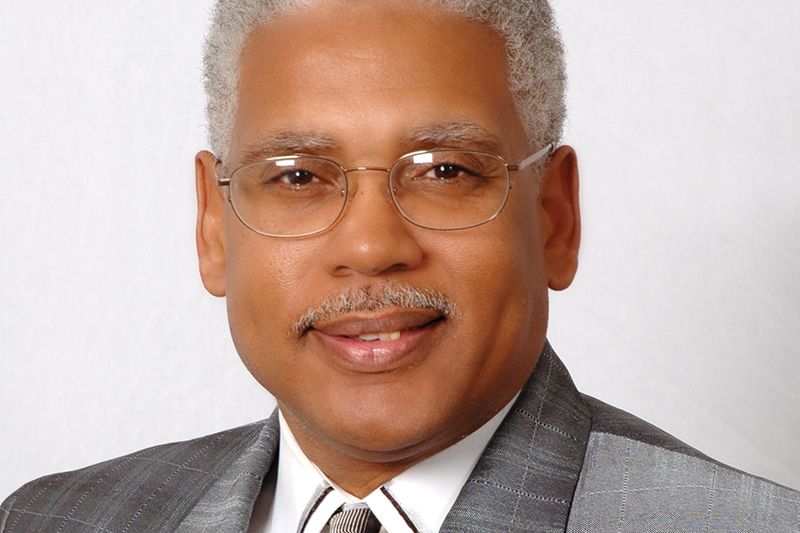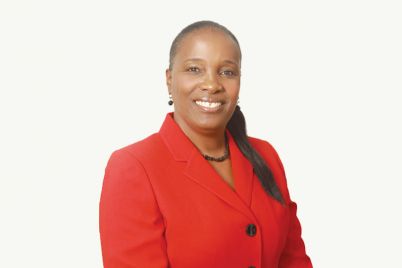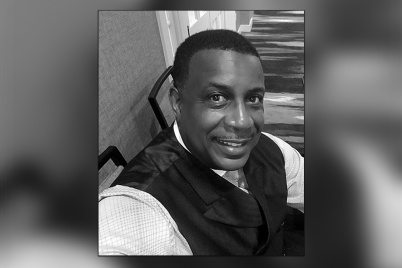Dear Editor:
As I mentioned last week, cameras across America are recording the deaths of African Americans at the hands of police officers in astronomical numbers, not to mention the beatings of minorities. Yet, Mayor Rick Kriseman, St. Petersburg Police Chief Holloway and the city council feel that there is no need for body cameras, but instead, favor police death cameras.
These death cameras are activated when the officer pulls his gun from his holster when he or she is about to shoot, unlike body cameras that will allow video footage of the engagement of citizens once the officer arrives on the scene and everything that leads up to an incident.
The National Christian League of Councils (NCLC) has twice provided council members, Mayor Kriseman and Chief Holloway all national evidence supporting the implementation of body cams. In 2013, the U.S. Justice Department asked the Police Executive Research Forum (PERF) to identify the issues raised by this new technology and to produce recommendations for police agencies that may be interested in deploying body cameras.
PERF is recognized as the premier law enforcement independent research organization that focuses on critical issues in policing. Since its founding in 1976, PERF has identified best practices on fundamental issues such as reducing police use of force, developing community policing and problem-oriented policing, using technologies to deliver police services to the community and evaluating crime reduction strategies.
PERF findings state that there are clear benefits:
-
Body cameras can help to de-escalate encounters between officers and members of the public because most people tend to behave better if they know they are being recorded.
-
Some police chiefs who have deployed cameras tell us that confrontational incidents and complaints against officers decline.
-
Cameras sometimes uncover problems with officers’ training that can be remedied.
-
Cameras can provide officers with protection against false complaints, or they can provide important evidence if an officer’s actions are improper.
-
Cameras can give the community a sense that their police are accountable for their actions.








